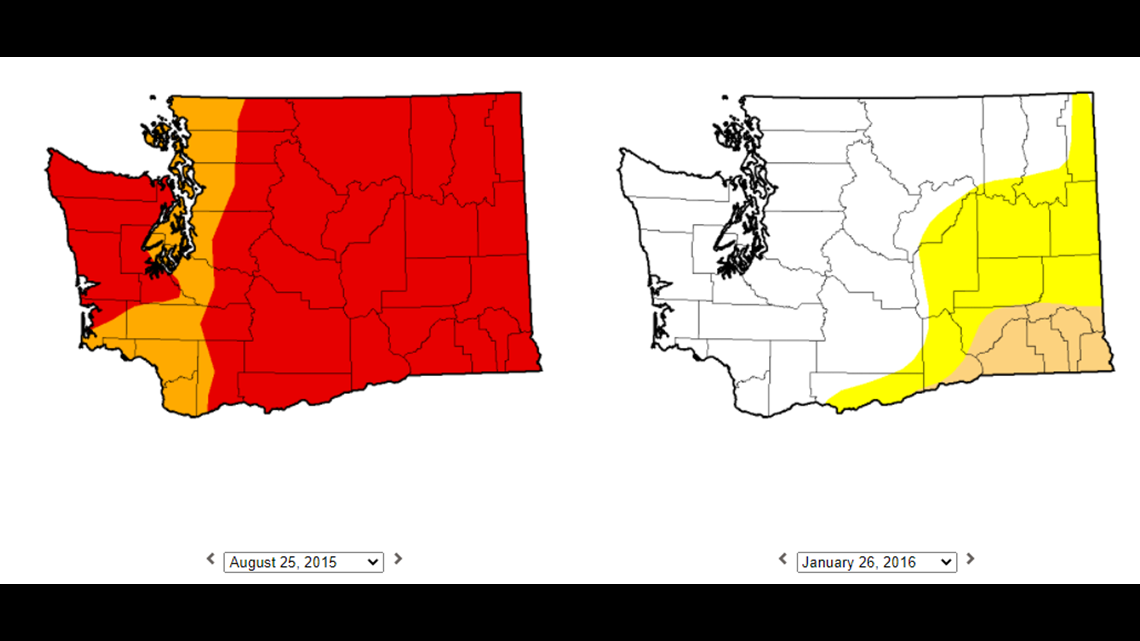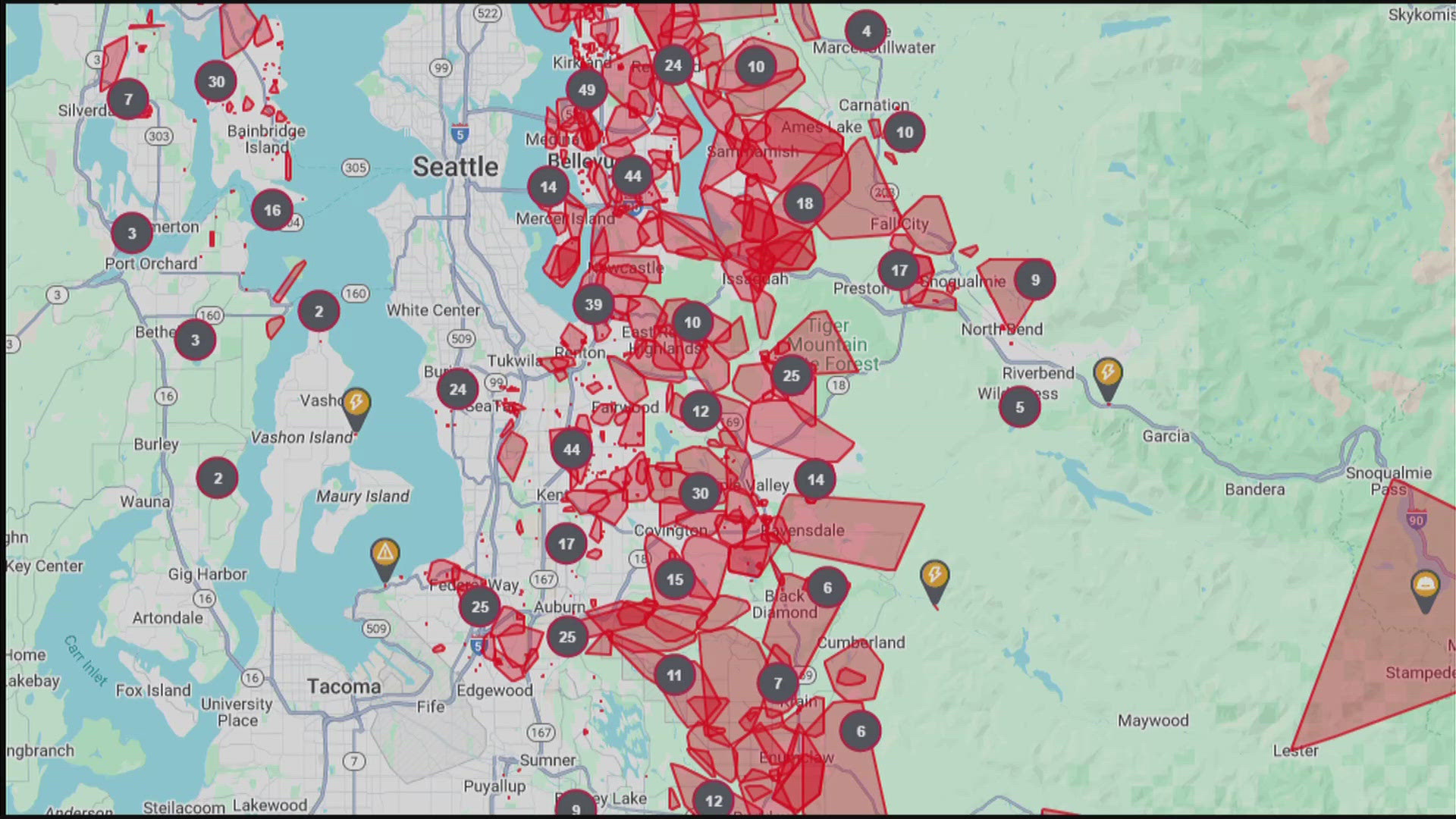SPOKANE, Wash. — A wet Saturday in Spokane was a wonderful sight — one that has been outright rare for the Inland Northwest for the better part of half-a-year. With drought conditions worsening all summer long, this was a good start to reverse course.
On Saturday, Sept. 18, a whopping 0.42 inches of rain fell at Spokane International Airport, where weather records are kept. This is the most single-day precipitation in Spokane since Jan. 12, when it rained 0.86 inches. Furthermore, that single day of rain is more than what Spokane has seen in the entire months of March, April, May, July and August. Those five months combined have only resulted in 0.94" of rain combined with no single day resulting in more than 13-hundreths of an inch.
On June 15, 0.36 inches of rain fell. That would end up being the only outlying rainfall of the spring or summer in Spokane.
Since the start of February, drought conditions have only worsened through the entire dry spring and summer. At its peak, 38% of Washington was considered under an Exceptional Drought, which is the most severe classification of drought conditions according to the US Drought Monitor.
From Feb. 1 to Sept. 20, Spokane has seen a record lowest 2.89 inches of precipitation. That's 5.59 inches of precip below normal for that stretch of time.
After a decent rainfall earlier in September, around the 10th of the month, the drought improved across northern Washington, marking the first notable improvement in drought conditions state-wide since February.
So how long will in take for drought conditions to recover? Let's use the 2015 drought as an example. That year, the drought peaked on Aug. 25, where 85% of the state was considered at "Extreme Drought" conditions, one stage below Exceptional Drought. Western Washington was removed from drought conditions overall on November 17.


But it took until Dec. 15 just for drought conditions to reduce to "Severe" levels in eastern Washington. Full drought removal for all but the Blue Mountains region would be reported on January 26, 2016, a full 22 weeks after the peak of the drought.
During those five months, Spokane got a slightly above-normal amount of precipitation. It was 9.19" of precipitation and 31.5" of snowfall during that part of the winter.
Should we see a similar fall and early winter unfold, drought conditions will improve, as they usually do after our typically dry-summer season. But it may take a few months longer or more rain and/or snow to recover since the peak of the drought in 2021 occurred in early September and was a stage worse than it was compared to 2015.



